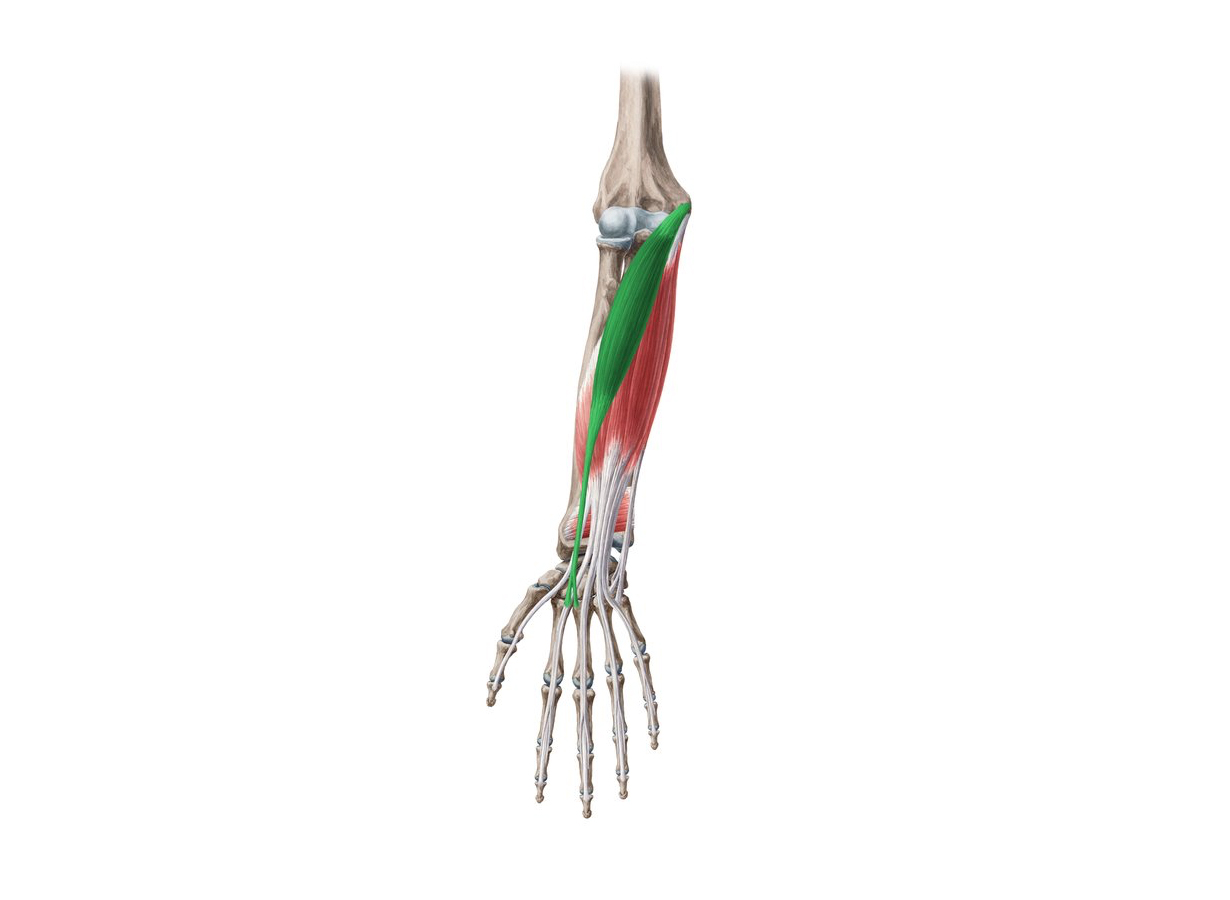Understanding Flexor Carpi Radialis Tendinopathy
Flexor Carpi Radialis (FCR) tendinopathy is a condition that affects the wrist, leading to pain and discomfort. It’s essential to understand this condition better to effectively manage its symptoms and regain optimal wrist function. Let’s explore FCR tendinopathy in detail, covering its description, causes, symptoms, diagnosis, assessment, and treatment strategies.
Description
FCR tendinopathy refers to irritation or damage to the flexor carpi radialis tendon, a crucial structure that helps in bending the wrist and supporting its movements. A tendinopathy may be caused by overload of the associated muscle.
Anatomy
The flexor carpi radialis tendon runs along the inner side of the forearm and attaches to the base of the hand bones. It plays a significant role in wrist flexion and stabilization during certain activities.
The following may increase your risk FCR tendinopathy:
- Repetitive wrist movements or activities that strain the tendon (such as typing or playing certain musical instruments)
- Overuse of the wrist without adequate rest periods
- Poor wrist ergonomics or improper technique during activities
- Certain sports involving repetitive wrist flexion (like golf or racquet sports)
Look out for the following signs and symptoms:
- Pain or tenderness along the inner side of the forearm near the wrist
- Swelling or warmth in the affected area
- Difficulty in bending the wrist or performing activities that involve gripping or lifting
- Weakness in wrist movements.
- Decreased grip strength.
Assessment
Your physiotherapist will look at the following:
- Observation to assess effusion/swelling at the wrist.
- Active range of motion at the wrist to assess mobility and stiffness.
- Grip strength to determine severity of weakness
- Wrist flexor strength
Management/Treatment
- Activity modification to prevent aggravating the injury.
- Strapping of the wrist.
- Gradual strengthening of the wrist.
- At later stages, gentle stretching of forearm muscles
Conclusion
FCR tendinopathy can significantly impact wrist function, but with appropriate diagnosis, conservative treatments, and physiotherapy, you can achieve improved wrist strength and mobility. If you are battling with wrist pain, do not hesitate to contact us for an appointment.
References
Brink, P.R., Franssen, B.B. and Disseldorp, D.J. (2014) ‘A simple blind tenolysis for flexor carpi radialis tendinopathy’, HAND, 10(2), pp. 323–327. doi:10.1007/s11552-014-9631-0.
Kwiecien, G.J. et al. (2023) ‘Calcific tendinitis of the proximal flexor carpi radialis in a throwing athlete’, Journal of Hand Surgery Global Online, 5(1), pp. 69–72. doi:10.1016/j.jhsg.2022.10.011.
Low, T.H. and Hales, P.F. (2013) ‘High incidence and treatment of flexor carpi radialis tendinitis after trapeziectomy and abductor pollicis longus suspensionplasty for basal joint arthritis’, Journal of Hand Surgery (European Volume), 39(8), pp. 838–844. doi:10.1177/1753193413506150.
Luong, D.H., Smith, J. and Bianchi, S. (2014) ‘Flexor Carpi radialis tendon ultrasound pictorial essay’, Skeletal Radiology, 43(6), pp. 745–760. doi:10.1007/s00256-014-1846-1.

